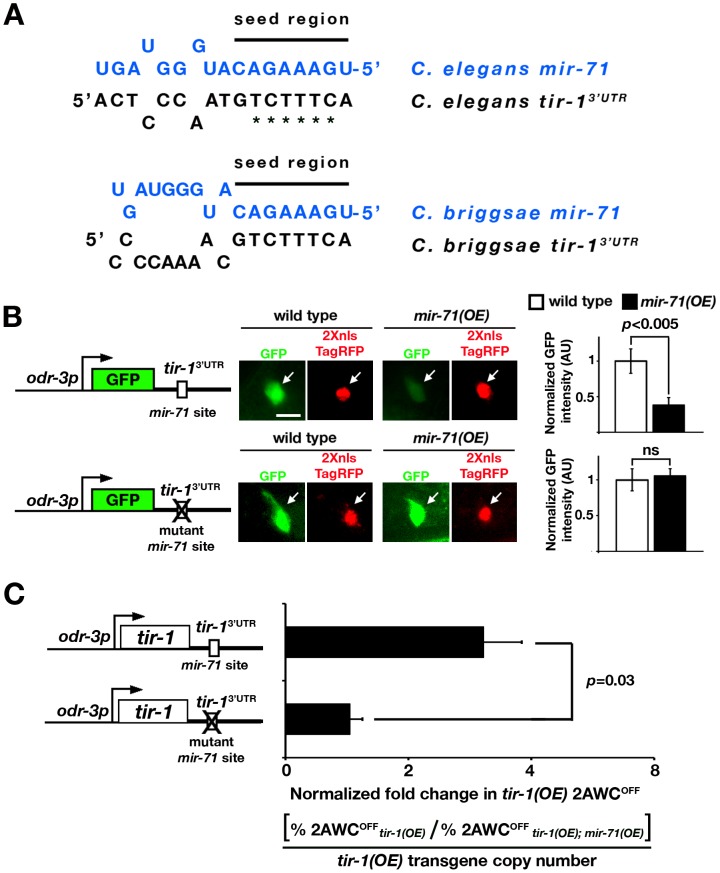Figure 2. mir-71 downregulates gene expression through the tir-1 3′ UTR.
(A) Complementarity between the mir-71 seed region and the tir-1 3′ UTR in C. elegans and C. briggsae. Asterisks denote nucleotides mutated in the predicted mir-71 target site of the tir-1 3′ UTR in (B). (B) Left: GFP sensor constructs, driven by the odr-3 promoter, with the tir-1 3′ UTR or the tir-1 3′ UTR mutated in the predicted mir-71 target site. Middle: Images of GFP expression from GFP sensor constructs and nucleus-localized TagRFP expression from the internal control transgene odr-3p::2Xnls-TagRFP::unc-54 3′ UTR in the AWC cell body of wild type and mir-71(OE) animals. All images were taken from animals in the first larval stage. Scale bar, 5 µm. Arrows, AWC cell body. Right: The average normalized GFP intensity of each sensor construct in the AWC cell body. The GFP intensity of an individual cell was normalized to the TagRFP intensity of the same cell. For each sensor construct line, the normalized GFP intensity in wild type was set as 1 arbitrary unit (AU) and the normalized GFP intensity in mir-71(OE) was calibrated to that in wild type. Student's t-test was used for statistical analysis. n = 16–21 for each transgenic line in wild type and mir-71(OE) animals. Error bars, standard error of the mean. ns, not significant. (C) Left: tir-1 overexpression constructs, driven by the odr-3 promoter, with the tir-1 3′ UTR or the tir-1 3′ UTR mutated in the predicted mir-71 target site. Right: Normalized fold change in tir-1(OE) 2AWCOFF phenotype. The fold change in tir-1(OE) 2AWCOFF phenotype was determined by dividing the 2AWCOFF percentage of tir-1(OE) with the 2AWCOFF percentage of tir-1(OE); mir-71(OE), which was then normalized to the relative tir-1(OE) transgene copy number. Two to three independent lines were analyzed for each tir-1 overexpression construct. Student's t-test was used to calculate statistical significance. Error bars represent standard error of the mean.

